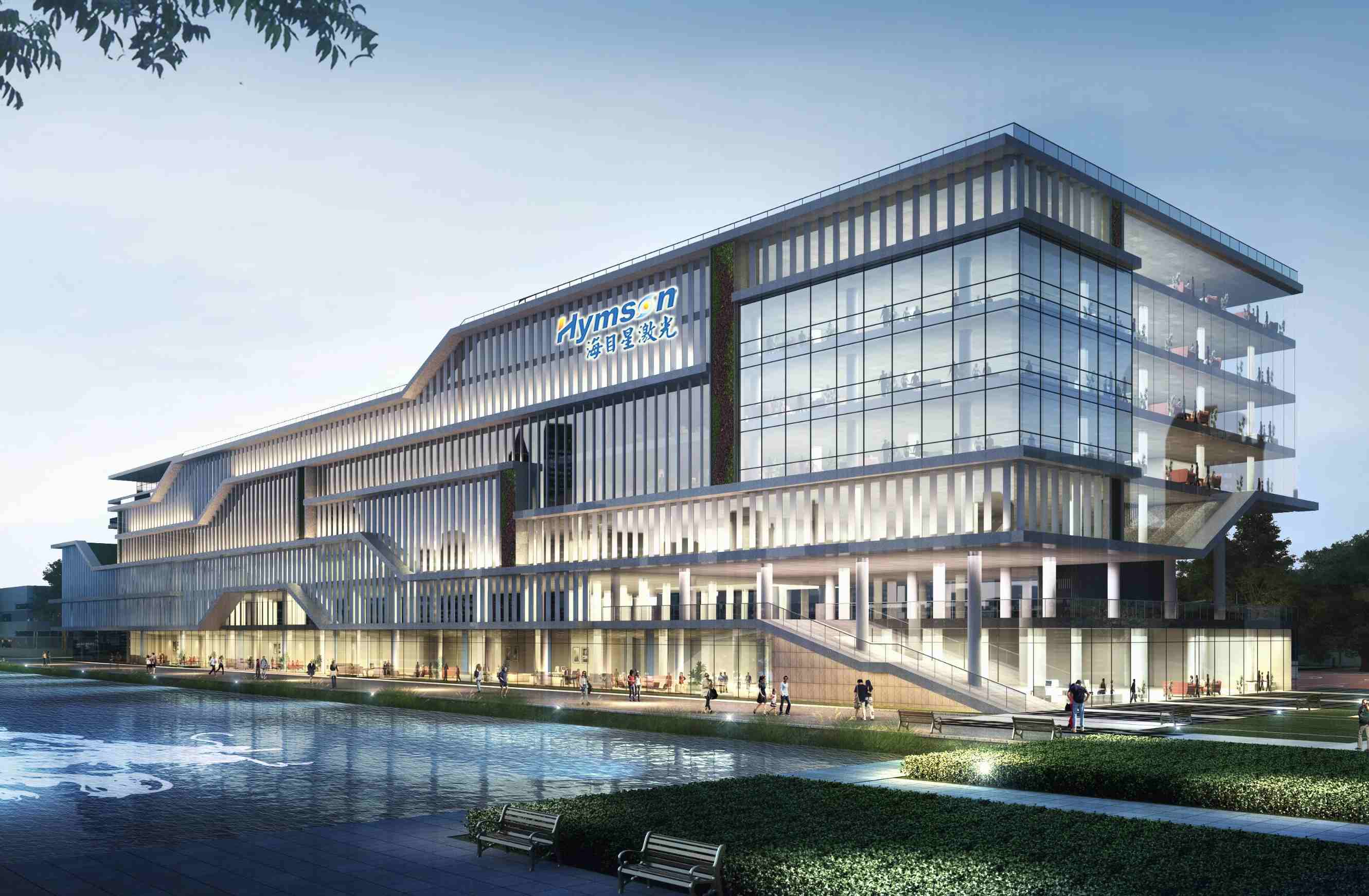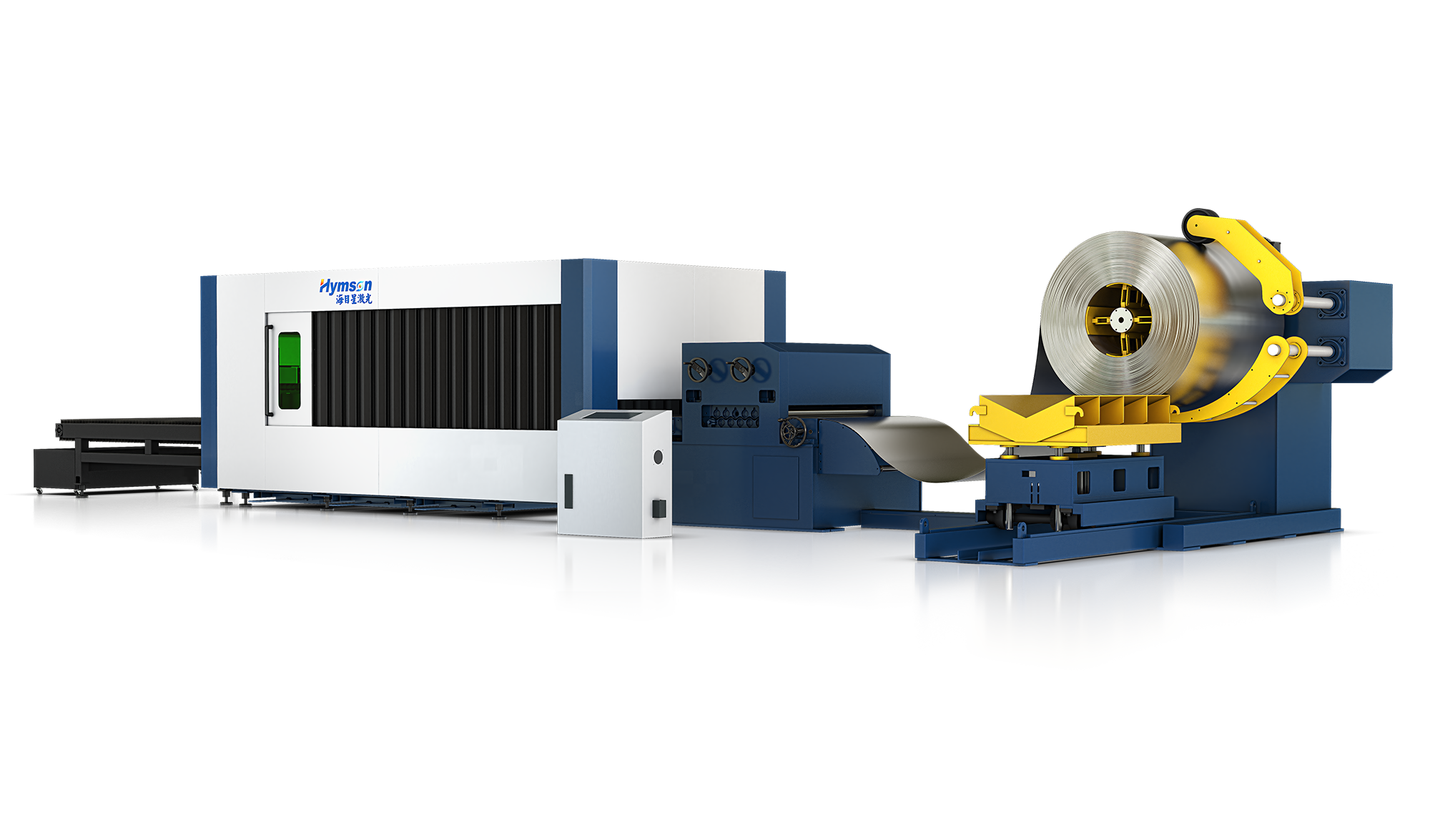In modern manufacturing, laser cutting technology has become a key tool for metal processing thanks to its high efficiency and precision. As an industry-leading intelligent laser equipment manufacturer, Hymson continuously innovates to enhance the performance and versatility of its laser cutting machines, meeting the demands of cutting various metal materials. This article focuses on the range of metal sheet thicknesses that laser cutting machines can handle, helping you understand the advantages and applications of Hymson’s equipment for processing different thicknesses, and supporting your production goals with greater efficiency and accuracy.
How Thick of Metal Sheet Can Laser Cutting Equipment Process?
The thickness of metal sheets that a laser cutting machine can process mainly depends on the laser power, metal material, and the specific configuration of the machine. Taking Hymson’s laser cutting equipment as an example, its advanced fiber laser technology and intelligent control system enable excellent performance across a wide range of metal thicknesses. Here’s a detailed overview:
Thin Metal Sheets (0.5mm – 3mm)
This thickness range is where laser cutting machines excel. The laser beam can quickly penetrate the material, delivering fast cutting speeds and high precision. It’s ideal for complex designs and detailed parts such as electronic components, decorative pieces, and thin sheet metal parts. Common materials include stainless steel, carbon steel, and aluminum.
Medium Thickness Sheets (3mm – 12mm)
This range is widely used in automotive manufacturing, machinery parts, and furniture production. Hymson’s laser cutters equipped with higher power lasers (such as 3kW, 4kW, or above) efficiently cut these metals while maintaining good edge quality and smooth finishes. Cutting in this thickness range requires stable laser output and precise control to minimize heat-affected zones and avoid material deformation.
Thick Metal Sheets (Above 12mm, up to 20mm or more)
Cutting thick metal sheets demands higher laser power, typically 5kW, 8kW, or even more powerful fiber lasers. Cutting speed decreases compared to thinner sheets, and cooling as well as assist gas requirements increase. Thick sheet cutting is common in heavy machinery, steel structure, and shipbuilding industries. Hymson’s equipment ensures stable long-term operation through advanced mechanical design and efficient cooling systems, while smart parameter adjustments help improve cutting quality.
Impact of Different Materials
The difficulty of cutting varies by metal type. Stainless steel and carbon steel are relatively easy to cut, while aluminum requires higher laser power and more precise parameter tuning due to its high reflectivity and thermal conductivity. Hymson machines support various assist gases (like oxygen and nitrogen) to adapt to different materials and optimize cutting results.
HF-TU series sheet metal laser cutting machine with uncoiling system
Does laser power affect the sheet thickness that can be cut?
Laser power plays a decisive role in determining the maximum thickness of metal sheets that can be cut. Generally, the higher the power, the greater the thickness it can handle. For example, a 1000W laser is suitable for cutting carbon steel up to 6mm, while a 6000W laser can easily process thick plates over 20mm.
However, cutting performance is not determined by power alone—it is also influenced by factors such as material type, assist gas, cutting speed, and focus precision. Therefore, to achieve efficient and high-quality results, it is essential to fine-tune all equipment parameters and ensure proper coordination among them.
What type of laser cutter is best for cutting thick metal?
If you're planning to cut thicker metal sheets—say, carbon steel, stainless steel, or aluminum over 10mm—a high-power fiber laser cutting machine is definitely a smart choice. Compared to traditional CO₂ lasers, fiber lasers offer higher efficiency, lower energy consumption, and are generally easier to maintain.
For instance, many mainstream models on the market today, such as those with 6000W, 12000W, or even higher laser power, can cut through metal plates over 20mm thick with ease. The cuts are clean, precise, and free from burrs. Fiber lasers also handle reflective metals like copper and aluminum more effectively, with a lower risk of back-reflection damaging the laser head.
That said, cutting performance isn't determined by laser power alone. Factors like the type of assist gas, cutting speed, and focus position all play crucial roles. Experienced operators usually fine-tune these parameters based on the material being processed to achieve the best results.
All in all, if thick metal cutting is a regular task in your workflow, investing in a high-power fiber laser cutter is well worth it—it boosts efficiency and ensures top-quality results.

分享这篇文章:


